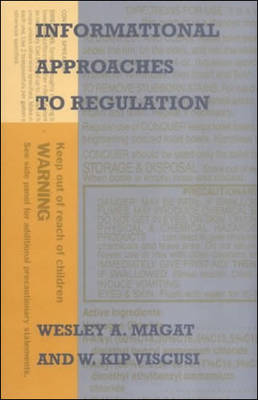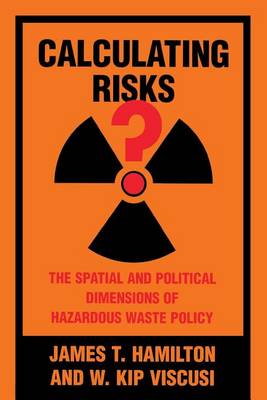Regulation of Economic Activity
2 total works
Informational Approaches to Regulation
by Wesley A. Magat and W. Kip Viscusi
Their set of original studies of household chemicals, energy audits, and food risk labeling establishes guidelines for the design and evaluation of these informational regulations.
How does risk labeling information on hazardous household chemicals and pesticides influence consumer behavior? While many studies speculate on the effects of risk information, Magat and Viscusi draw on a series of extensive surveys to assess the likely response. Their set of original studies of household chemicals, energy audits, and food risk labeling establishes guidelines for the design and evaluation of these informational regulations. Their findings also include new estimates of the valuation of nonfatal health risks, the first estimates in the literature of the role of altruism, and an assessment of the influence of irrational responses to risk.
Although economists suggest that giving consumers information about potentially hazardous goods is preferable to direct regulation of product content, implementation of information regulation raises a host of issues that need to be addressed. Magat and Viscusi document the cognitive limitations that consumers have in processing information and break new ground by showing how, given this behavior, the informational regulations should be designed.Case studies assess the degree to which different kinds of consumers notice, remember, and heed printed warnings in a range of wordings and formats. They then examine risk valuation, showing how much consumers are willing to pay for increased product safety under various conditions. A concluding chapter synthesizes the results and discusses their implications for regulatory policy.
By matching agency decision data to detailed census information using geographic information systems (GIS) technology, the authors show that most hazardous waste sites do not pose sufficient risk to merit the most stringent cleanup options. Those sites that do pose considerable risk to exposed populations often receive inadequate attention, because government decisions to target cleanups are based more on political factors than on actual risks. The authors propose policy reforms that could significantly reduce cleanup costs without sacrificing the protection of human health. Beyond its analysis of a particular risk policy, the book serves as a general model for comprehensive risk analysis.

